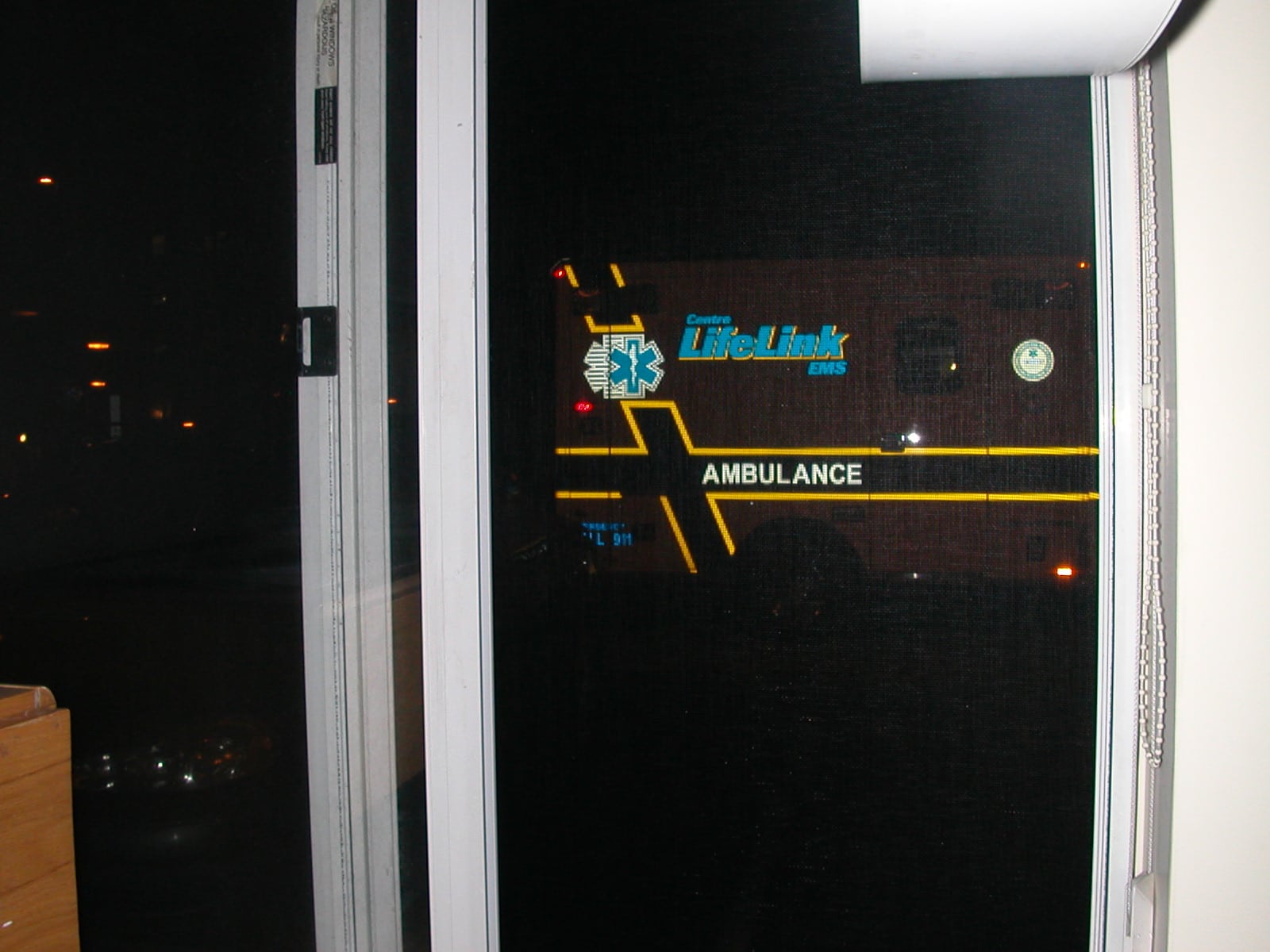This is a photograph of the house where I lived when I lost the ability to walk. The year was 1995. I was 48 years old. I lived with my wife and two daughters–Joanna age 9 and Amelia age 4– in Durham, N.C. I was working as a technical writer for Northern Telecom. Northern Telecom manufactured […]
HME News
December motto plus optional isolation
Dr. Jeniffer Simon, a caring and experienced urologist, Geissinger Medical Center, State College PA showed me on her computer this image–a cancerous tumor surrounding my right kidney, referring me to Memorial Sloan Kettering Cancer Center in New York City. “Unless you have surgery quickly, you will be dead in 10 years.” The date: April 5, 2013, […]
Saving Medicare billions: Trying too hard can get in the way
Today is Sunday, February 26, 2012. I took the photograph above last week. My apartment is within an eight-story building housing 90 low-income elderly and disabled individuals, an ambulance parks outside my window at least once a week. Sometimes my neighbors and I return. Sometimes, not. The cost for Medicare, Medicaid, and other services to […]
My first scooter: Originally published as a Valentine to the Durable Medical Equipment Industry
[The following was originally published in the February, 2011 edition of HME News as a Valentine to the Durable Medical Equipment industry. The love continues.] I was so angry, wild with fatigue, that I lifted my ugly drug store cane intending to destroy my employer’s computer printer. This was in California’s Silicon Valley. The printer was […]
Marilyn Tavenner Confirmation Watch June 19th Update: Who cares if anyone runs Medicare?
June 19, 2012 update on Marilyn Tavenner’s confirmation (don’t hold your breath) hearings: “So what did Sen. Max Baucus (D-Mont.) say when HHS Secretary Kathleen Sebelius asked him to hold a confirmation hearing for Marilyn Tavenner, acting administrator of CMS? “’It’s going to be difficult to proceed with the Republican opposition,’ said Baucus, chairman of […]



